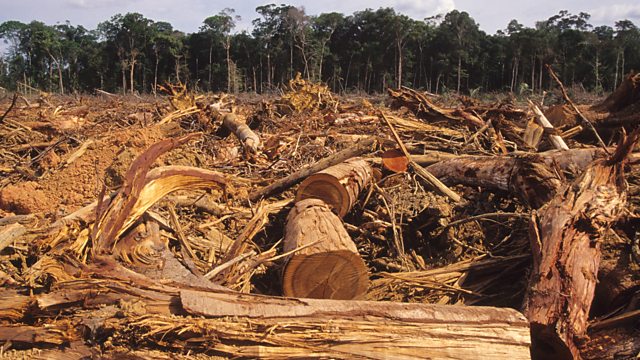The tree detectives tackling illegal logging
Scientists are building a database to help them tell exactly where wood has come from, and are using it to tackle illegal logging and protect forests.
If you examine the atoms in a piece of wood, you can tell to the nearest 10km where it has come from. Environmental factors, such as the climate, affect trees as they grow and that signature remains in the wood after it is processed.
An international group of scientists is hoping to use this information to tackle illegal logging, which contributes to a loss of biodiversity and costs governments billions of dollars in lost revenues each year.
It’s thought that up to 30% of timber on the global market comes from illegally-sourced wood, and ends up as all sorts of items in shops around the world.
Now, stable isotope analysis is being used to identify the unique profile of these products. And when scientists find items don’t come from the place specified on the label, the information can be used to hold shops accountable.
We visit the wood archive at Kew Gardens and speak to experts using this technology to help stem the flow of illegally-smuggled timber and protect the planet’s endangered forests.
Presenter: Tom Colls
Reporter and Producer: Nicola Kelly
(Photo Caption: Logging in the Amazon / Photo Credit: Getty Images)
People fixing the world on YouTube
Watch stories of people changing their world on the World Service English YouTube channel
Podcast
-
![]()
People Fixing the World
Brilliant solutions to the world’s problems


